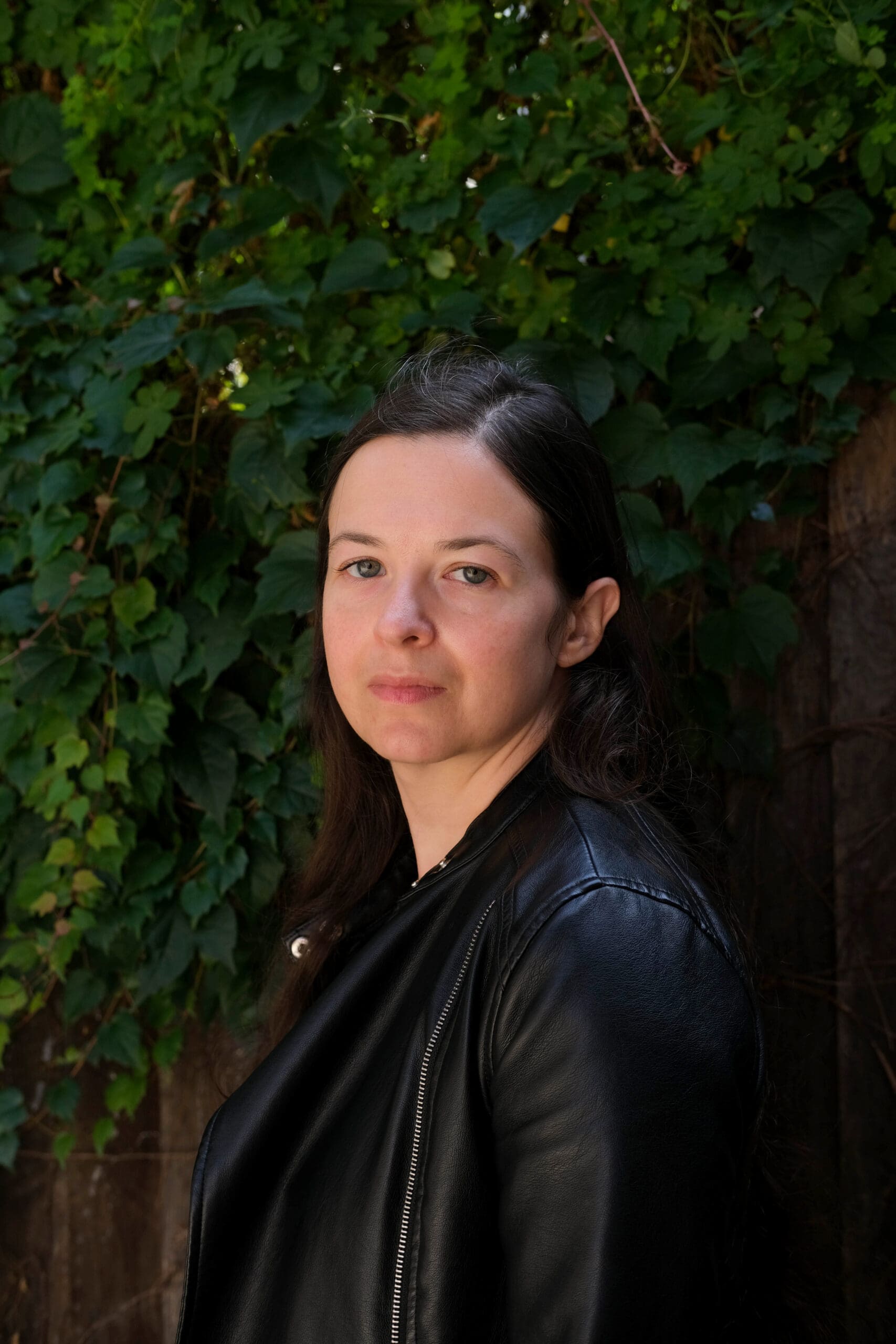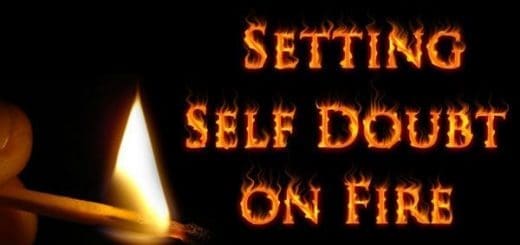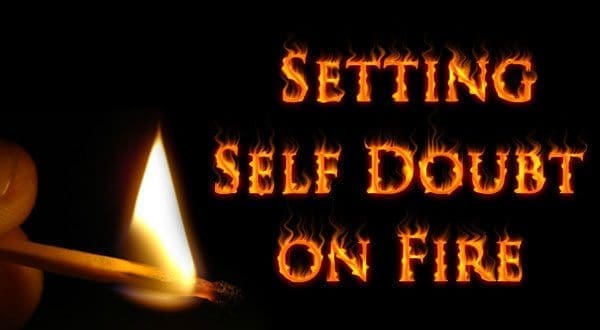UK Ghost Story Festival: How do you create a scary atmosphere in spooky stories?
How do you create a scary atmosphere in spooky stories?
That chill down your spine? Those goosebumps on your arm? The hair on the back of your neck standing up? It’s all about the atmosphere created by the author whose work you’re reading. And one of the best new writers for the spooky stuff – her debut novel is on the Stoker longlist, people! – is Ally Wilkes, author of the polar survival horror All The White Spaces.
Ahead of her appearance at the UK Ghost Story Festival – where she’ll run a workshop on landscape and location in the ghost story, as well as a talk on publishing in the horror genre – Ally shares her tips for creating a scary atmosphere with Horror Tree.
Location, location, location
I love a good location – most of my writing starts with a spooky place and then works itself out from there! And it doesn’t have to be a ‘traditional’ ghost-story location, either. I’m endlessly inspired by modern J-horror and K-horror, which is so rarely set in the typical (Western) old creaky country house. A sense of the unexpected will have your readers keen to learn more, so give them the details they need to really experience your setting – whether it’s the slow dripping of a tap in an underground carpark, or the smell of fresh paint in a newly-built (but not yet occupied) luxury apartment complex. The more carefully you can build up the picture, the more the reader will place themselves in the story, and it’s that sense of immersion which will allow you to start dialling up the scares.
Pay attention to the blank spaces
Anyone who’s ever watched a horror film – particularly in the found footage genre – will know to keep an eye on the corners of the frame. That dark hallway, that part-open door, that shadow behind the sofa… we know there might be something there, but it hasn’t revealed itself. Yet.
While it’s (obviously) trickier to replicate this effect in writing, I like to think of the spaces ‘around’ the story. Can you break up a long piece of description with a one-word or one-line paragraph? Can you create a sense of dread with a succession of short sentences that stand out on the page? The reader knows there’s a reason to pay attention to these details which interrupt the story, but they might not know what it is.
Yet.
Let’s get physical
I find that when I’m truly unnerved, I rarely think to myself “this is scary” or “I’m scared”. Instead, there are those physical tell-tale signs, which will vary enormously from person to person. Your characters will have their own unique ‘tells’ which will convey to the reader that they’re experiencing something frightening… without having to resort to the S-word as a writer. If you’re stuck for ideas beyond the typical goosebumps (for which, by the way, the delightful technical word is horripilation), I’d recommend THE EMOTION THESAURUS by Angela Ackerman and Becca Puglisi. If the characters feel the spookiness vividly, then so will the reader!
The UK Ghost Story Festival happens in Derby from 16-19 February 2023, with some online events to kick off proceedings on 15 February. Get the full details over at www.ukghoststoryfestival.co.uk, or follow the festival on Twitter, Instagram or YouTube.
- About the Author
- Latest Posts
ALLY WILKES grew up in a succession of isolated – possibly haunted – country houses and boarding schools. After studying law at Oxford, she went on to spend eleven years as a criminal barrister, where she learnt how extreme situations bring out the best (or worst) in us. Ally is particularly fascinated by Polar exploration Gothic, despite suffering from seasickness and loathing the cold, and her debut novel All the White Spaces is set in the Heroic Age of Antarctic exploration. Her short fiction has also been published in Nightmare, Cloisterfox, Three Crows, and various anthologies.
Ally lives in Greenwich, London, with an anatomical human skeleton. When she’s not writing, she’s usually hanging upside-down (like a bat) on her aerial silks. You can find Ally on Twitter @UnheimlichManvr, on Instagram @av_wilkes, or via her websitewww.allywilkes.com.














